This article was medically reviewed by Luba Lee, FNP-BC, MS. Luba Lee, FNP-BC is a Board-Certified Family Nurse Practitioner (FNP) and educator in Tennessee with over a decade of clinical experience. Luba has certifications in Pediatric Advanced Life Support (PALS), Emergency Medicine, Advanced Cardiac Life Support (ACLS), Team Building, and Critical Care Nursing. She received her Master of Science in Nursing (MSN) from the University of Tennessee in 2006.
There are 13 references cited in this article, which can be found at the bottom of the page.
This article has been viewed 31,294 times.
Pulmonary edema is a buildup of fluid in your lungs, which can make it difficult to breathe. It can happen for many reasons, ranging from heart disease, chemical exposure, infection, or high altitudes. This sounds scary, but fortunately, it’s treatable with the right care. However, you can’t treat it on your own. If you experience symptoms of pulmonary edema, get medical help right away. After your doctor treats you, usually with oxygen and a combination of medications, then you can take some steps from home to manage your condition and prevent it from happening again.
Steps
Medical Treatments
Pulmonary edema is a treatable but serious medical condition, so don't try to treat it by yourself. After you receive treatment, your doctor will probably give you instructions and medications to take at home. Follow all of these instructions to make a full recovery.
-
1Seek emergency medical help if you have pulmonary edema symptoms. Although pulmonary edema is treatable and you can make a full recovery with the right treatment, it's still a medical emergency. Get medical help right away and don't try to treat it by yourself. The main symptoms are shortness of breath, wheezing, coughing, and an irregular heartbeat. Visit the emergency room or call your local emergency number like 911 for the right help.[1]
- The most common emergency treatment for edema is oxygen delivered with a face mask. Doctors may also use medications like morphine to relieve shortness of breath.
- Doctors may keep you in the hospital for a few days so they can observe you and make sure you're healthy enough to go home.
-
2Use a home oxygen tank to help yourself breathe. If you haven't recovered yet, doctors may send you home with an oxygen tank to help you breathe. In most cases, you'll only need to use it if you have trouble breathing, but your doctor may want you to use it all the time until you're healthy again. Follow their instructions to administer the oxygen correctly.[2]
- An oxygen mask may dry out your lips, so use lip balm to moisturize them.
- Your doctor will tell you the correct settings and flow to use on the oxygen tank. Don't change these settings, or you won't get the right amount of oxygen.
- Oxygen is flammable, so never smoke when you have tanks in your home.[3]
Advertisement -
3Flush fluid out of your system with diuretics. Diuretics or "water pills" are medications that make you urinate more frequently and drain fluids out of your body. This can help clear fluid in your lungs. They're usually in pill form, so take them exactly as your doctor directs you to and complete the entire course of the medication.[4]
- If you're prone to edema, your doctor may keep you on this medication to prevent future problems.
- If you received treatment in the hospital, the doctor may have already given you diuretics in IV form.
-
4Lower your blood pressure with prescription medications. In some cases, high blood pressure can cause pulmonary edema. If you have high blood pressure, then your doctor will probably prescribe blood pressure medications to get it under control. By lowering your blood pressure, you can avoid pulmonary edema in the future.[5]
- The most common blood pressure medications are ACE inhibitors and beta-blockers. The specific type that your doctor uses depends on your condition.
- Edema could also come from low blood pressure, so your doctor may also try different medications to raise your blood pressure.
Unproven Natural Treatments
These treatments could be effective for some people, but research doesn’t prove that they’re effective for everyone. You can try them for yourself, but remember that they aren’t enough to treat edema on their own. You also need to see your doctor regularly and follow all of their suggestions to improve your condition.
-
1Take CoQ10 to help clear your lungs. CoQ10 is a natural enzyme that might help drain fluid out of your lungs and heal edema. If your doctor approves, you can try taking a CoQ10 supplement for yourself and see if it works.[6]
- A common dosage is 2 mg per day, but follow the dosing instructions on the product you use.
- CoQ10 can interact with blood-thinning medication, especially warfarin, so don’t take it if you’re on these medications.
-
2Support your heart with a magnesium supplement. If you're on a diuretic, then you may have a magnesium deficiency. This could interfere with your heart's rhythm and cause another round of edema, so replace lost magnesium with a supplement.[7] In general, you need 300-420 mg per day, so stay within this range unless your doctor tells you to take a different amount.[8]
- Your doctor may recommend a magnesium supplement when the put you on diuretics to prevent any deficiencies.
-
3Have a back massage to improve circulation. A back massage could stimulate circulation to your lungs, which drains away fluid better. Massages also relieve stress, which is good for your overall health. Try having an occasional massage to see if this helps you.[9]
- Inform your massage therapist if you’ve had pulmonary edema so they can adjust their approach accordingly.
- Check with your doctor before having a back massage. Pressure on your lungs might be harmful if you aren’t fully recovered yet.
-
4Stimulate circulation with an alternating temperature foot soak. Improved circulation could help drain fluids away from your lungs. Fill a bucket with warm water and another one with cold water. Soak your feet in the warm bucket for 3 minutes, then switch and soak in the cold bucket for 1 minute. Repeat this 3 times. You can do this 2-3 times per day to see if it helps you.[10]
-
5Try acupuncture to release tension. There is no scientific evidence that acupuncture is effective for treating edema, but some people enjoy the stress and tension relief from acupuncture treatments. Try booking an acupuncture appointment to see if it works for you.[11]
- Always make sure you visit a licensed and experienced acupuncturist so you’re getting the best treatment.
Dietary Changes
In general, design a dietary plan to keep your weight down and lower your blood pressure and cholesterol. All 3 of these factors could put you at a higher risk for pulmonary edema. Keeping them under control is possible with some smart diet choices.
-
1Follow a healthy, balanced diet. A healthy diet can lower your weight, blood pressure, and cholesterol, all of which are good for treating and preventing edema. Follow a diet that’s rich in fruits, vegetables, lean proteins, and whole grains to give your body the nutrition it needs to stay healthy.
- In general, 4 servings of vegetables and 5 servings of fruit each day are ideal for heart health. Try to include a serving of each in every meal, and snack on some throughout the day as well.[12]
- Replace white and enriched flour products, like bread and rice, with whole-wheat varieties instead. These types provide you with complex carbohydrates for a more sustained energy release.
-
2Eat less than 2,000 mg of salt per day. Salt raises your blood pressure and makes your body retain water, which could trigger edema. Your doctor will probably suggest a low-salt diet if you’ve ever had edema, which is usually defined as having less than 2,000 mg each day. This is less than 1 tsp, so be very careful to track the amount of salt you’re eating so you don’t overdo it.[13]
- Don’t add any salt to your food or cooking to cut down on your intake.
- Get into the habit of reading nutrition labels on all the food you buy. Avoid items that are very high in salt.
- The exact salt limit might depend on your condition, so follow your doctor’s instructions.
-
3Cut saturated fat out of your diet. Saturated fat also raises your weight, blood, pressure, and cholesterol, all of which can put you at risk for edema. Cut as much saturated fat out of your diet as possible. Instead, replace saturated fat sources with unsaturated sources like lean meats, avocados, nuts, peanut butter, vegetable oils, dairy products, and beans.[14]
- In general, only 10% of your daily calories should come from saturated fats. If you eat 2,000 calories, that means less than 200 should come from saturated fat.[15]
- Only 25-30% of your daily calories should come from any type of fat, even healthy fats.
- Fried and processed foods tend to be very high in saturated fat, along with rid meat. Avoid them as much as you can.
-
4Drink plenty of water each day. Dehydration could make fluids pool and cause edema.[16] Drink at least 6 glasses of water each day so you stay hydrated.
- If your urine is dark yellow, then you’re getting dehydrated. Drink more water.
Lifestyle Tips
Since a number of things can cause pulmonary edema, there is no single lifestyle change that will treat it or prevent it from happening again. However, a few steps could improve your overall health and prevent fluid from building up in your lungs. You can manage your condition effectively, as long as you do everything under a doctor’s supervision. If your condition doesn’t improve or gets worse, contact your doctor right away for further treatment.
-
1Exercise regularly so your body fluids keep moving. Regular exercise is good for your heart, and it also helps drain fluids away from your lungs. Try to get 30 minutes of aerobic exercise per day to control your blood pressure and prevent fluid from pooling in your lungs.[17]
- Aerobic exercises are cardiovascular activities that raise your heart rate, like running, swimming, or kickboxing. You can also take a simple walk each day.
- If you’re recovering from pulmonary edema, don’t start exercising until your doctor tells you it’s safe. They may recommend that you start out with some lighter activities to avoid overstressing your body.[18]
-
2Maintain a healthy body weight to lower your blood pressure. Being overweight puts more stress on your lungs and could make your recovery slower. It also raises your blood pressure, which could trigger another case of edema. Speak with your doctor to determine the best weight for you, then design an exercise and dieting program to reach that.[19]
- Even if you have a lot of weight to lose, avoid crash or extreme dieting. Dropping a lot of weight too fast is unhealthy and people often regain weight when they stop extreme diets. It’s better to lose weight in a slower, sustainable way.[20]
-
3Increase your lung capacity with breathing exercises. You may have experienced edema because your lungs aren’t as healthy as they could be. Some simple deep breathing exercises could open your airway and help you breathe easier.[21]
- For a simple breathing exercise, lay back and breathe in as deeply as you can. Hold the breath in and release it slowly. Do this 5-10 times in a row.[22]
- Ask your doctor if your lungs are healthy enough for these exercises first.
-
4Avoid your triggers if something specific caused your edema. In some cases, drugs, smoke, allergens, or chemicals can trigger edema. If you know that one of these things caused your case, then do your best to avoid it until you’ve recovered completely.
- If your edema was caused by heart disease or an infection, then you probably can’t do much to avoid the cause. Still, avoiding irritants and other things that could make you choke is a good idea, since you might have trouble breathing until you completely heal.
- Wearing a mask whenever you’re working around dust or chemicals is always helpful, even if you haven’t experienced pulmonary edema.
-
5Stay at low altitudes if you have high-altitude pulmonary edema. High-altitude pulmonary edema (HAPE), just as the name implies, is a type of edema triggered by high altitudes. This could happen if you’re hiking in a high area or just arrive in a new place that’s high above sea level. In either case, try to get to a lower altitude, about 1,000–3,000 ft (300–910 m) below your current position, if possible. This should help your body return to normal.
- Don’t do anything dangerous to get to a low altitude. Descend slowly and safely.
- You may not be able to get on an airplane if your edema isn’t completely healed yet. Always ask your doctor before flying to make sure it’s safe.
-
6Elevate your head at night so you can breathe easier. If your head is tilted back, then you might have trouble breathing while you sleep. Try putting an extra pillow under your head to tilt it forward instead. This should keep your airway open.[23]
-
7Quit smoking to avoid irritating your lungs. Smoking pulls irritants and chemicals into your lungs, which can make your condition worse. If you smoke, it’s best to quit as soon as you can. If you don’t smoke, then don’t start in the first place.[24]
- Secondhand smoke can also cause health problems, so don’t let anyone smoke inside your home either.
Medical Takeaways
While there are some lifestyle tips you can use to manage pulmonary edema, you can’t treat it on your own without a doctor’s help. If you do experience edema symptoms, then see a doctor as soon as possible. After they stabilize you, then you can take some everyday steps to manage your condition and prevent it from happening again. With the right treatment, you can recover without lasting problems.
References
- ↑ https://middlesexhealth.org/learning-center/diseases-and-conditions/pulmonary-edema
- ↑ https://medlineplus.gov/ency/article/000140.htm
- ↑ https://www.ncbi.nlm.nih.gov/pmc/articles/PMC3188038/
- ↑ https://middlesexhealth.org/learning-center/diseases-and-conditions/pulmonary-edema
- ↑ https://middlesexhealth.org/learning-center/diseases-and-conditions/pulmonary-edema
- ↑ https://pubmed.ncbi.nlm.nih.gov/8241697/
- ↑ https://www.stlukes-stl.com/health-content/medicine/33/000137.htm
- ↑ https://ods.od.nih.gov/factsheets/Magnesium-HealthProfessional/
- ↑ https://www.stlukes-stl.com/health-content/medicine/33/000137.htm
- ↑ https://www.stlukes-stl.com/health-content/medicine/33/000137.htm
- ↑ https://www.stlukes-stl.com/health-content/medicine/33/000137.htm
- ↑ https://www.heart.org/en/healthy-living/healthy-eating/add-color/fruits-and-vegetables-serving-sizes
- ↑ https://myhealth.alberta.ca/health/AfterCareInformation/pages/conditions.aspx?hwid=tw12483&
- ↑ https://medlineplus.gov/ency/article/000140.htm
- ↑ https://medlineplus.gov/ency/patientinstructions/000838.htm
- ↑ https://medlineplus.gov/ency/article/001187.htm
- ↑ https://middlesexhealth.org/learning-center/diseases-and-conditions/pulmonary-edema
- ↑ https://myhealth.alberta.ca/health/AfterCareInformation/pages/conditions.aspx?hwid=tw12483&
- ↑ https://www.svhlunghealth.com.au/conditions/pulmonary-oedema
- ↑ https://www.pennmedicine.org/updates/blogs/health-and-wellness/2018/june/crash-diets-and-weight-loss
- ↑ https://myhealth.alberta.ca/health/AfterCareInformation/pages/conditions.aspx?hwid=tw12483&
- ↑ https://www.cancerresearchuk.org/about-cancer/coping/physically/lymphoedema-and-cancer/treating/exercise
- ↑ https://myhealth.alberta.ca/health/AfterCareInformation/pages/conditions.aspx?hwid=tw12483&
- ↑ https://www.svhlunghealth.com.au/conditions/pulmonary-oedema
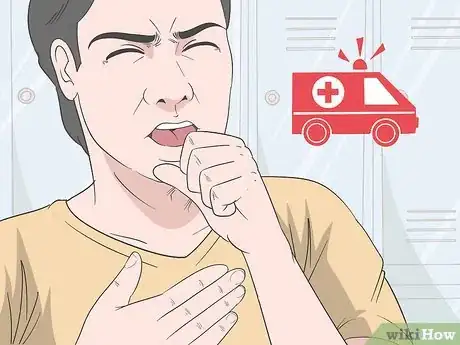
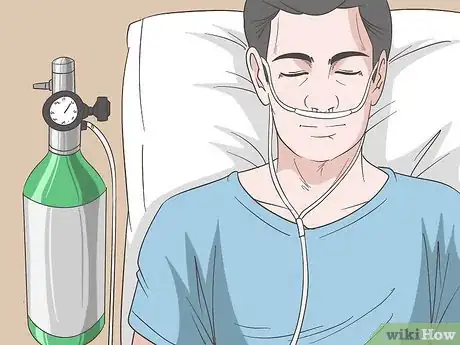
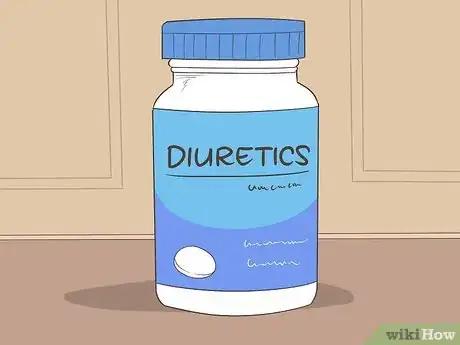
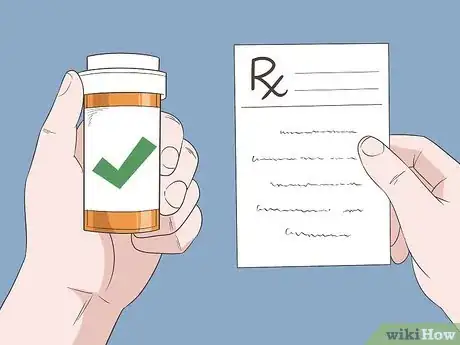
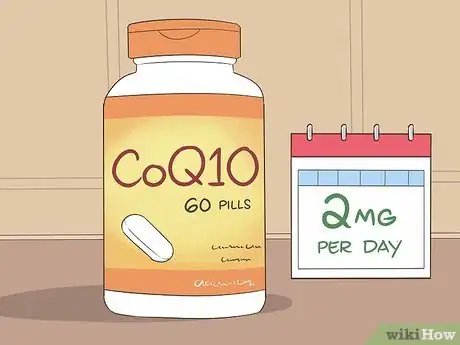
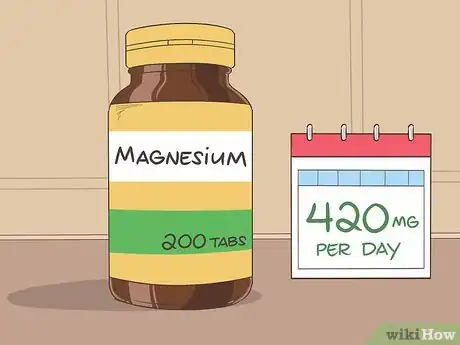
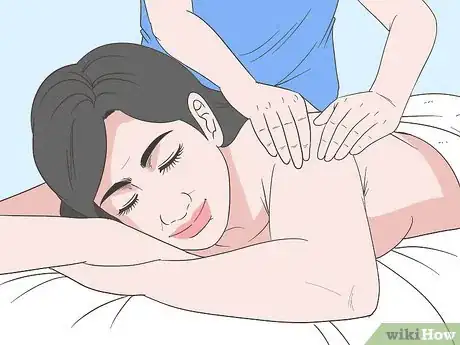
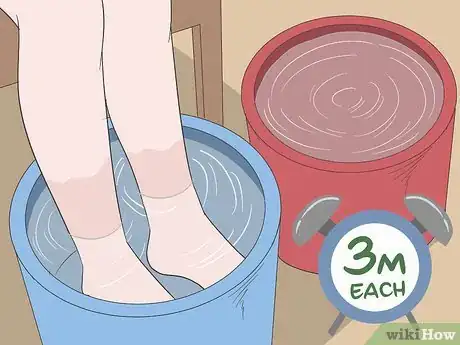
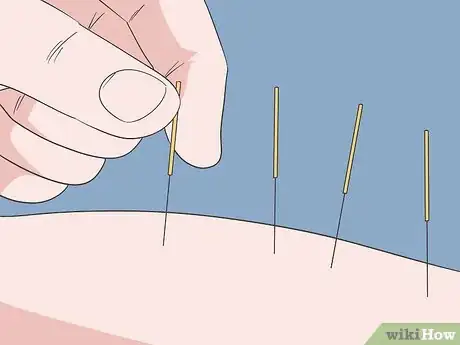
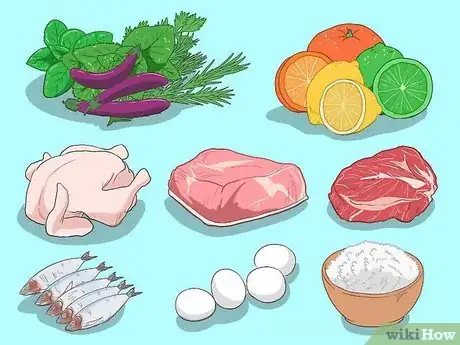
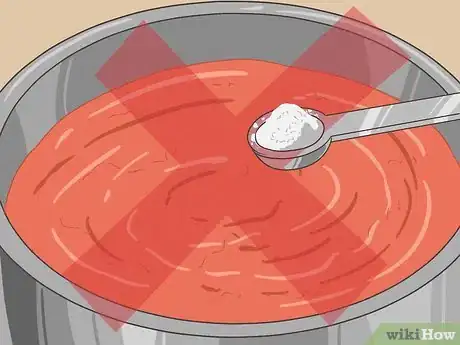
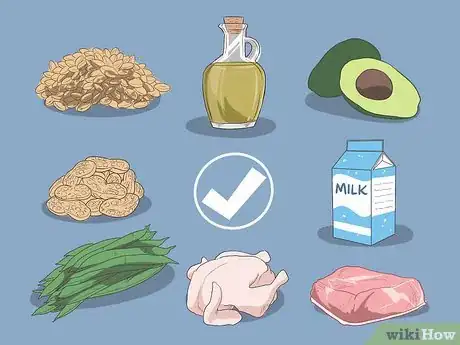
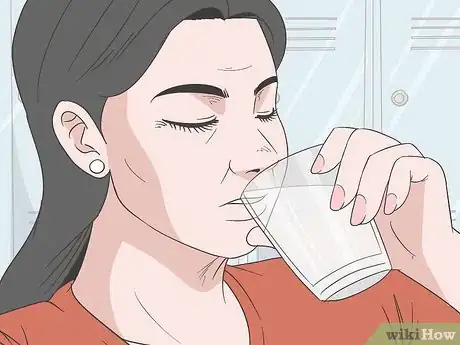
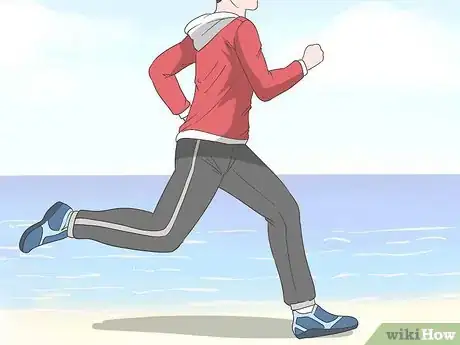
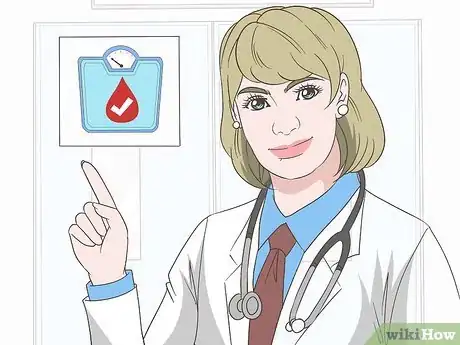
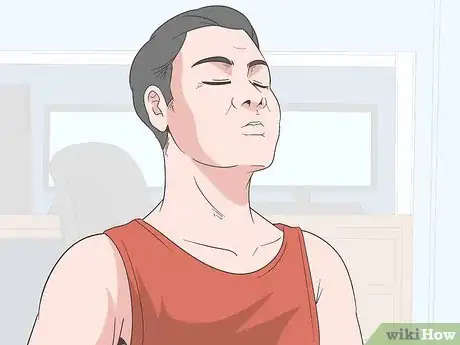
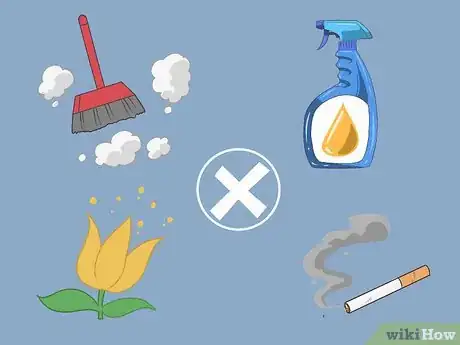

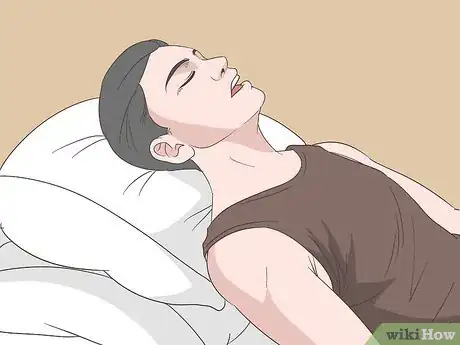
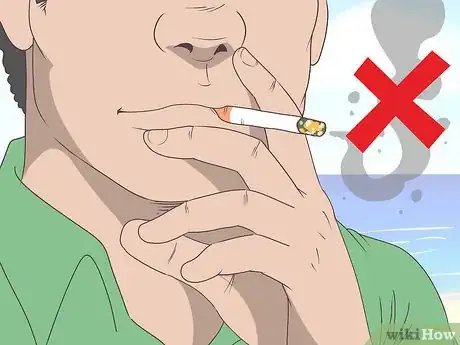
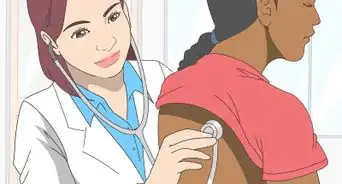
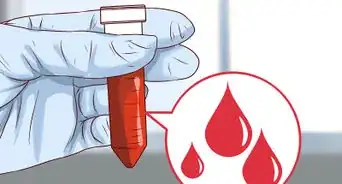
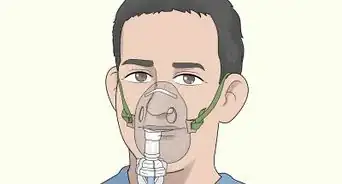


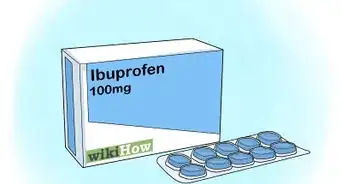
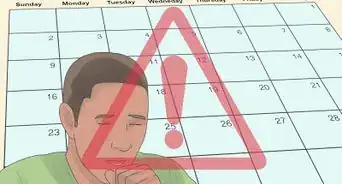

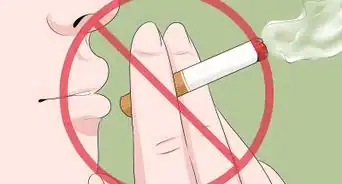
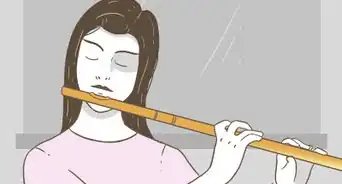
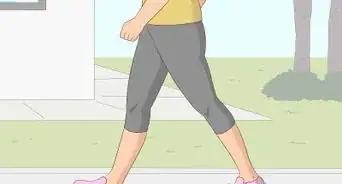
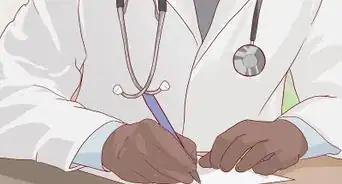
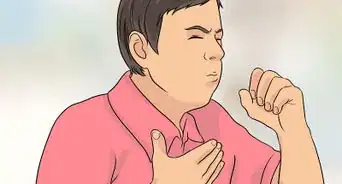
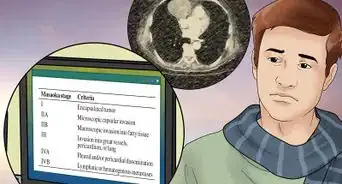








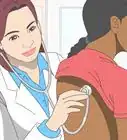
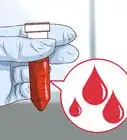
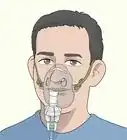




































Medical Disclaimer
The content of this article is not intended to be a substitute for professional medical advice, examination, diagnosis, or treatment. You should always contact your doctor or other qualified healthcare professional before starting, changing, or stopping any kind of health treatment.
Read More...